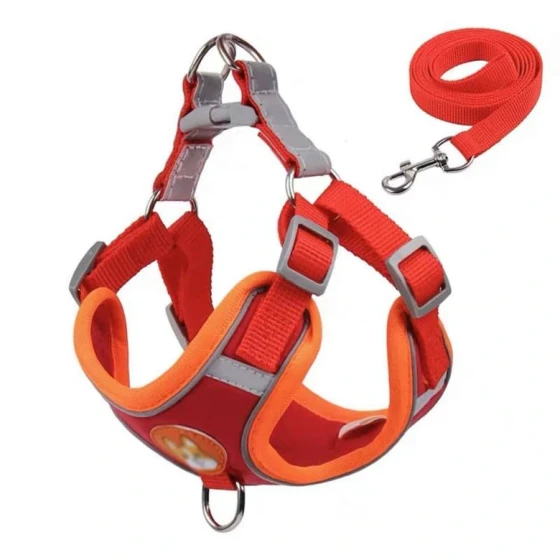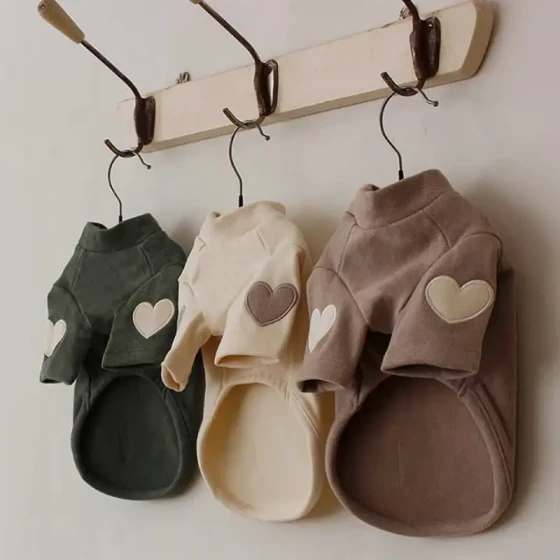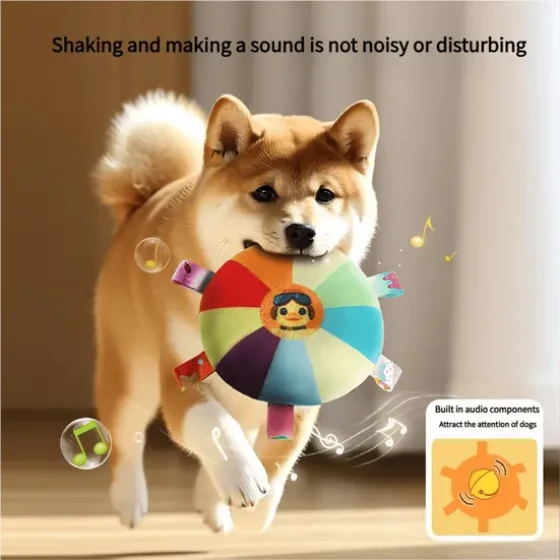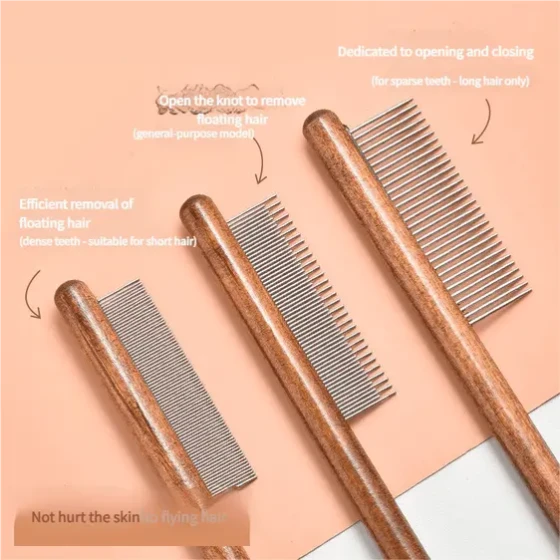Precautions for Bathing Dogs in Summer
In the hot summer weather, even a little activity can make people sweat all over, and this applies even more so to dogs with thick fur. Therefore, dogs should be bathed once a week. However, going to a pet store for a bath is not cheap, costing hundreds of yuan per session. So many pet owners prefer to bathe their dogs at home. Today, the editor of Boqi.com will talk about the precautions for bathing dogs in summer. Dog owners, take a look.
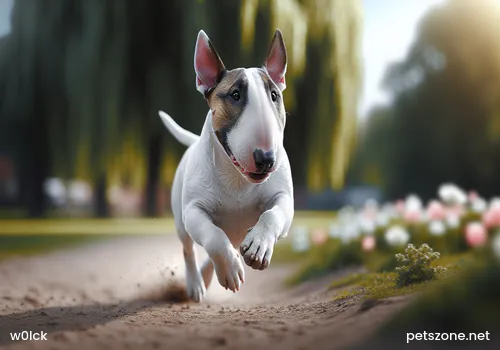
1. Bathing supplies needed: comb, pet shampoo and conditioner, cotton balls, waterproof apron, absorbent towel, high-power hairdryer, cotton swabs, nail clippers, etc.
2. Preparation before bathing: Take the dog for a walk outside before the bath; you know why. Change into clothes that you plan to change out of, or wear a waterproof apron. (Waterproof aprons are not very effective for medium to large dogs.) For dogs that really dislike baths, you can lure them into the bathroom with snacks or toys and let them play there for a while to relax. Whether the dog has long or short hair, first comb the fur thoroughly so that it won't get tangled after the bath. Use cotton balls to plug both ears to prevent water from entering.
1. Adjust the water temperature beforehand. Dogs have a higher body temperature than humans, so the water should not be too cold. In summer, a temperature that feels slightly warm to us is fine; in winter it can be a bit warmer, but not scalding hot, around 40 degrees Celsius.
2. Once everything is ready, first wet the dog’s entire body with clean water, making sure not to get water in the dog's eyes, ears, or mouth. After the whole body is wet, apply an appropriate amount of bathing liquid. (Follow the instructions because some pet shampoos can be applied directly, while others need to be diluted with water first.) Dogs' skin is much thinner than humans', and their pH is different, so using human shampoo can cause itching or hair loss. It is essential to use specialized pet shampoo to bathe them.
3. After applying the shampoo, gently rub the dog’s whole body with both hands. Pay special attention to thoroughly rubbing areas like the neck, hips, and limbs. Sensitive parts like the belly should be rubbed gently to avoid hurting the dog. When rinsing the head, do not spray water directly onto the head (especially avoid water entering the ears as it can cause infections). Dogs instinctively try to avoid or shake off water in their heads. Rinse from the neck forward with your hand slightly blocking the eyes and nose; you can use a lower water flow or wet the hair on the head slowly by hand. Avoid excessive foam on the head as it can get into the eyes. For long-haired dogs, rub shampoo in one direction after applying, or tangles may get worse.
4. After rubbing, thoroughly rinse the dog’s body with clean water and wash off all foam.
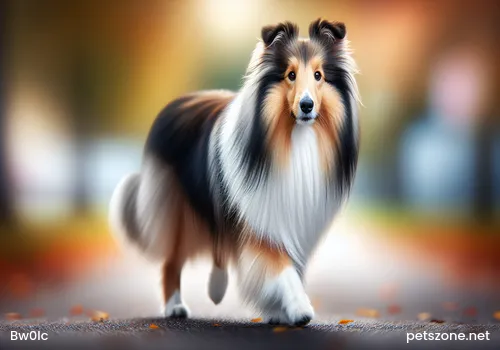
5. Expressing the anal glands: Be careful of your head position and don’t get too close to the glands. First, lift the dog’s tail upward to expose the anus. Then, place your fingers at the four and eight o’clock positions beside the anus and squeeze. The massage should be from inside out and from light to firm. Dogs that often eat meat need more frequent gland expression! Regularly expressing and cleaning these glands is very important, not just to get rid of body odor. If neglected, it can cause anal gland inflammation. Normal secretions are pale yellow-brown, ranging from watery to pasty, with a foul smell. If the secretions contain pus or blood, it indicates infection and requires immediate veterinary care. If you feel buildup but cannot squeeze it out, the glands are blocked and must be treated promptly.
6. Apply conditioner: Conditioner should mainly be applied to the back fur and left on for a few minutes. You can brush the dog's teeth during this time. Then rinse off.
7. After bathing, let the dog shake off the water as much as possible—don’t worry about it splashing everywhere, it saves you effort compared to rubbing. Then use a towel to absorb the water. For long-haired dogs, avoid rubbing back and forth like when drying human hair, as this can cause tangles. If there is still a lot of water left, change to a different towel and repeat.
8. Use a hairdryer to dry the dog. For medium to large long-haired dogs, it is best to use a pet-specific hairdryer. While drying, continually comb the fur. As long as there are wet spots, keep combing until dry. If dogs are left damp, especially between toes, at the tail base, or inside ears, skin diseases can easily develop.
9. Clean the ears with cotton swabs: Because dogs' ears have a 90-degree bend unlike humans', there is less risk of pushing the swab too deep, but still be gentle to avoid injury.
10. Trim nails: Be careful not to cut into the bloodline inside the nails. After trimming, file the nails so the dog won’t scratch you or damage your clothes when playing.
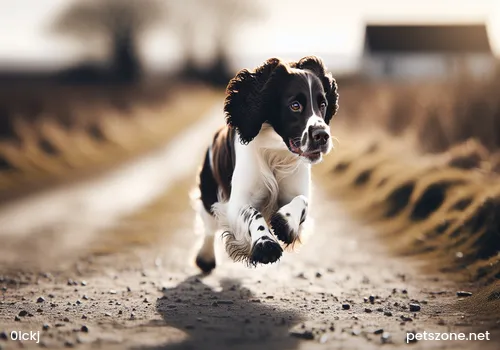
After reading this article, everyone should know the precautions for bathing dogs in summer. The editor reminds you that pet owners should reward their dogs after the entire process! This is very necessary! Giving a small biscuit or treat every time after a bath helps the dog develop the habit that bathing will make the owner happy and get praise. After a while, the dog will be less resistant to baths.
